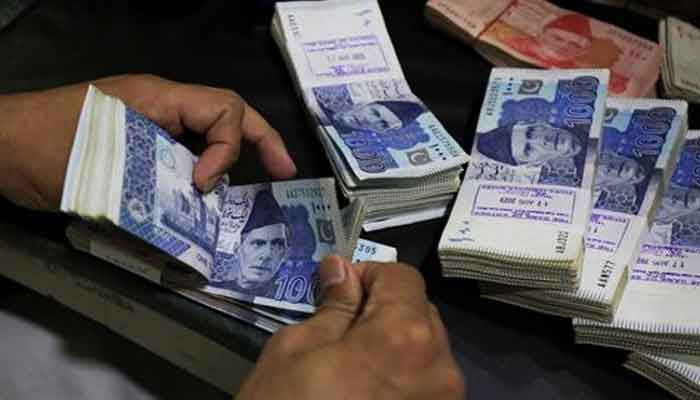During the initial nine months (July-March) of the ongoing fiscal year, the Federal Board of Revenue (FBR) collected Rs169 billion in Withholding Tax (WHT) on both the sale and purchase of immovable property, marking an increase from the Rs136 billion collected during the corresponding period of the previous fiscal year, The News reported.
Despite a remarkable surge in tax rates in the preceding budget (FY24-35), the number of property transactions experienced a decline of nearly 15% in the current fiscal year.
The FBR had anticipated a 50% increase in tax revenue from property transactions following the rate hikes. However, in the first nine months of FY24-25, the actual tax collection has risen by approximately 24% compared to the same period in the last fiscal year.
The tax rates on the sale of immovable property under Section 236C, which stood at 1% for filers and 2% for non-filers in the tax year 2021, were increased to 2% for filers and 4% for non-filers in the tax year 2023. This WHT rate was further raised to 3% for filers and 6% for non-filers in the tax year 2024.
The advance tax on the purchase of immovable property, which was 1% for filers and 2% for non-filers in 2021, was increased to 2% for filers and 7.5% for non-filers in 2023. The latest budget for 2024-25 saw another increase, setting the rates at 3% for filers and 10.5% for non-filers.
Despite these substantial increases in tax rates, the property sector contributed Rs169 billion in Withholding Tax (WHT) on both sales and purchases during the first nine months (July-March) of the current fiscal year.
The property sector’s tax contribution during the same period of the previous fiscal year was Rs136 billion, indicating a 24.3% increase in the current financial year thus far.
Meanwhile, the government has proposed abolishing the Federal Excise Duty (FED) on property, which contributed less than Rs2 billion to the national exchequer in the first nine months of the current fiscal year.
Top government officials informed The News on Sunday that the federal cabinet has not yet approved the FED abolition, and it may be presented in parliament as a bill. Although the government initially desired to issue an ordinance to abolish the FED, the IMF may not grant its permission for such a move. The FED rate for filers was 3%, for late filers 5%, and for non-filers 7%.
Conversely, the salaried class has paid approximately Rs370 billion in taxes so far in the current fiscal year, making it the highest contributing sector, surpassing both property and exporters. The salaried class has now outpaced other sectors that historically earned more but contributed negligibly to the national treasury.
Sources indicated that Section 236C of the Income Tax Ordinance deals with advance tax on property sales, with a tax rate of 3% for filers and 6% for non-filers. Under Section 236C, the FBR has collected Rs84 billion in the first nine months of the current fiscal year, compared to Rs65 billion in the same period of the last financial year.
Under Section 236K, the FBR collected Rs85 billion in the first nine months of the current fiscal year, up from Rs71 billion in the corresponding period of the previous fiscal year.
The government had also imposed a 15% Capital Gains Tax (CGT) on profits from the property sector, which will be implemented with the upcoming income tax returns.



